- The town of Salinas de Guaranda viewed from the saltworks hillside.
“Year after year, Salinas has been and continues to be home to the values of community and solidarity, where people come before money, the poor come before the rich, the weak before the strong, the sick before the healthy, and the small before the big.” From the tourism brochure “Salinas de Guaranda, Pueblo de Economía Solidaria”.
The village of Salinas is located about 30 km north of Guaranda, at 3550 m (11,650 feet) elevation in the western range of the Ecuadorian Andes mountains. Salinas is a wonderful place, because of the great spirit of community and the multifaceted creativity and productivity of the many cooperative businesses found there.
“Salinas” means a place with salt (sal). The town of Salinas has produced salt from its mountain-side deposits for many hundreds, likely thousands of years.

The ancient saltworks with pools used to concentrate salt in water running over the geological salt deposits in hillside.
Today, there are some 100 small businesses flourishing in Salinas, manufacturing and exporting locally made chocolates, cheeses, woven clothes, hard sausages, fruit preserves, dried mushrooms, and many other items. The town is a great place to visit, to buy local products, to walk around at the edge of the páramo (Andean high alpine vegetation), to eat at a restaurant or pizzeria, and to see first-hand what great & continuing results come from the sustained practice of “Economic Solidarity”.
In this post I’ll try to let the pictures tell the story. I give some links at the end for further information on this wonderful place.
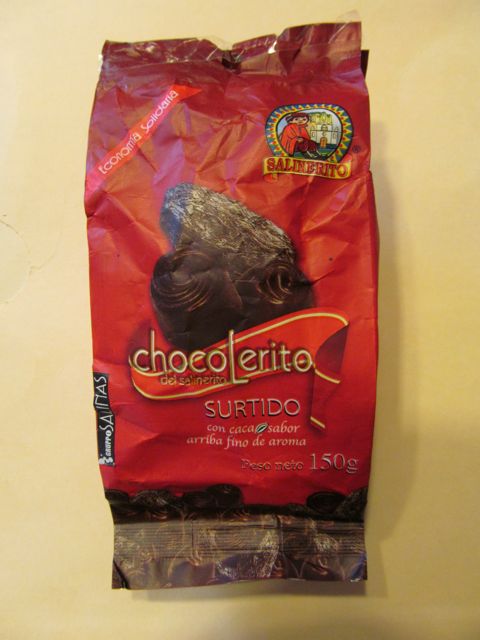
The excellent chocolate made in Salinas is available in many types and packages, and exported to Europe.
There’s a brand used for many Salinas products: El Salinerito (literally, “the little person from Salinas”). These products are sold across Ecuador and exported in volume to many European countries.
The Salinerito chocolates really are exceptionally good – perhaps the best chocolate anywhere! The chocolate beans are a special type, and the chocolate I’ve had tastes so fresh and good.
At the chocolate factory there’s also a cafe, meeting center, and a good exhibit on the history of the salt works and trade routes from ancient times.
You can get a coffee, hot chocolate or cake and enjoy a great view from the balcony.
The other most famous and widely distributed Salinas food product is cheese. The Salinas cheese works, like the chocolate factory, were developed with Swiss production techniques.
The cheese is made with milk from cows raised in the surrounding countryside. The milk is brought in daily by various modes of transport.
The queseria makes many different kinds of cheese.
Presses are used to compact the curds and squeeze out the whey.
Some of the cheeses are brined in salt water and then aged.
The cheese are aged from a few weeks to many months.
The cheeses are finally rinsed.
Many other products are made in Salinas. There is a small factory which extracts essential oils from plants such as pines, eucalyptus, mint and chamomile.
The essential oils are sold pure and are compounded into shampoos, salves, massage oils and other products.
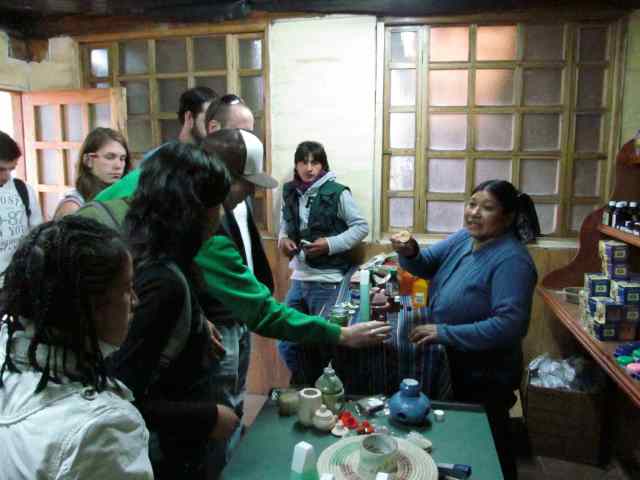
The shop at the essential oils factory. University students from ETSU (Tennessee) and UEB (Ecuador) tour the factory (2012).
This rosemary shampoo is one of the Salinerito products using the plant essences made in Salinas.
A very different type of product is made at the Fabrica de Balones: soccer balls.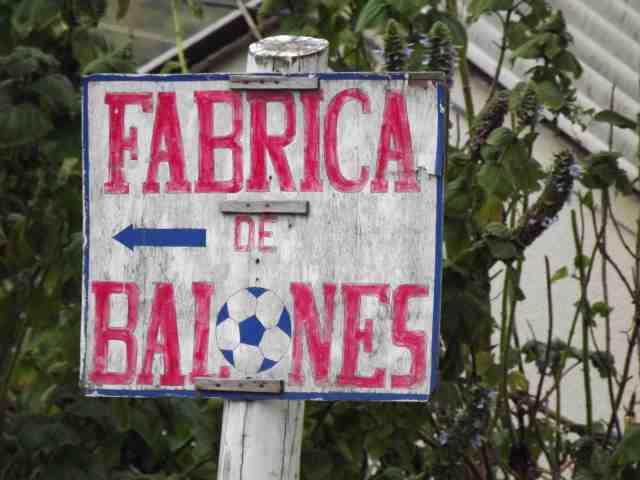
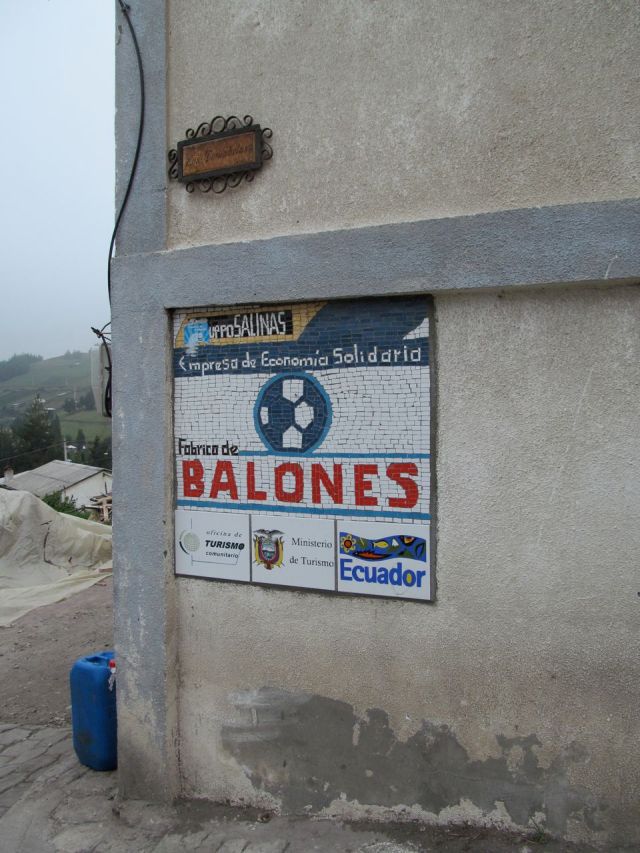
- Soccer ball factory in Salinas de Guaranda.
In this one-room factory located in a rooftop workshop, hundreds of soccer balls are made each week by a few workers.
The rubber bladders, purchased from elsewhere, are wrapped in nylon cord.
The balls are then covered with strong nylon patches, stamped from sheets of this synthetic leather type material.
The final products include a normal type soccer ball and a low-bounce, heavy ball made for the small concrete courts commonly found in playgrounds in Ecuador.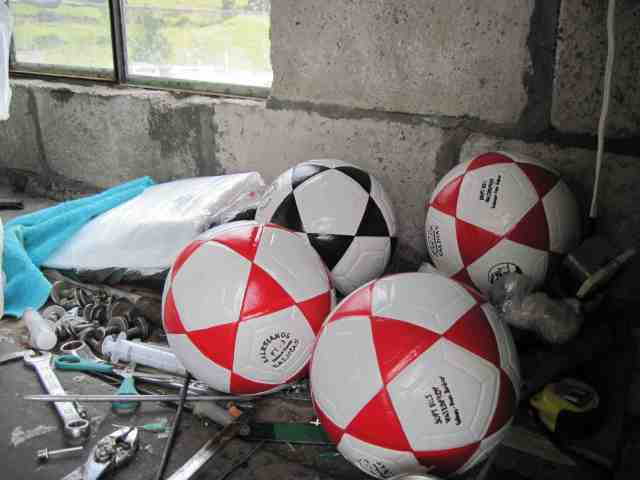
- Soccer balls “Salesianos” made in Salinas de Guaranda.
The Andean people have a tradition of fine weaving and knitting. In Salinas there is a factory where the wools from sheep, alpaca and llama are spun into knitting wools. The factory uses a century-old machine from a Massachusetts, USA mill town.
Here these various wools are spun and dyed.
Here are the dyed wools. In Salinas they use many natural dyes extracted from Andean plants, as well as synthetic dyes.
A children’s mural at the wool factory in Salinas shows the story.
The wools are put to good use in the knitting cooperative. Many styles of sweaters, vests, scarves, ponchos, gloves and hats are hand-made by the Salinas knitters. These are sold in Italy, Switzerland and other European countries, as well as in Salinas.
The knit goods include sweaters of alpaca, a wool known for its warmth and lightness.
Two of the Salinas knitters are pictured here with an avid knitter from Germany who is enjoying the friendliness and industry of this town.
The town of Salinas is very welcoming to visitors. There are guided tours, assorted restaurants, delis, and pizzerias, all sorts of micro-factories, and great friendliness and community. There’s a very nice hotel one block from the plaza, with heated rooms for 60 guests, with private baths, parking, and saunas and massages available.
Across from the hotel, there’s a hostal, which offers shared kitchen and a medicinal plants garden on the grounds.
What makes Salinas such a nice place is in part the deliberate care given to people, and the priority given to projects that help everybody. There is so much positive activity right in town, yet one would never guess all the diverse projects happening throughout the wider Salinas region. The policy of Economic Solidarity guides the cooperative commerce and community businesses of Salinas. For more on this, see the web site on the Economic Solidarity organization. It’s in Spanish, but a translate link is provided. I’ve translated their introduction (“presentacion”) below, because it’s so powerful a statement of the belief that underlies the spiritual and economic strength of Salinas de Guaranda.
“Most social problems result from forcing people to adapt to social structures and objectives, instead of adapting social structures and objectives to people.
The economy has become an end in itself, instead of being a means to secure a quality of life for the entire society.
Competition imposes a speed, and a price system, while it claims to be seeking to obtain a state of well being.
What is this state of well being, for whom, and to what purpose?
Let’s think seriously and question why 250 persons have as much wealth as the rest of the world put together.
Our challenge is to create economic structures for solidarity, not for exclusivity, and not for speculative gain, where the people, living in harmony, are the objective – the end, and not the means – to achieve dignity for all people.
We want to encounter you, in light of the ideas and the existing structure of solidarity which are a reality, and with the clear message that this is feasible, that for many years now, thousands of people have been participating in making this possible.
Here we offer this space and this proposition to all groups – social, economic, political and individual – as a place for meeting, for reflection, for participation, for commitment and for communication.“
Here’s a link for articles on Salinas de Guaranda at the Economic Solidarity web site.
- Kids of Salinas, at the steps leading to the salt works.
Now back to the picture tour of Salinas. They make great hard salamis at the Embutadora.
This is an agricultural region, and the meats are produced locally.
Some of the sausages are salt-preserved and aged for months in the basement aging room.
There are many outdoor projects in the community of Salinas de Guaranda, including pine plantations in the steep mountain slopes, which produce quality wood for furniture making to Cuenca and other cities. In these pine groves there are mushrooms cultivated. The mushrooms are dried and marketed domestically and abroad.
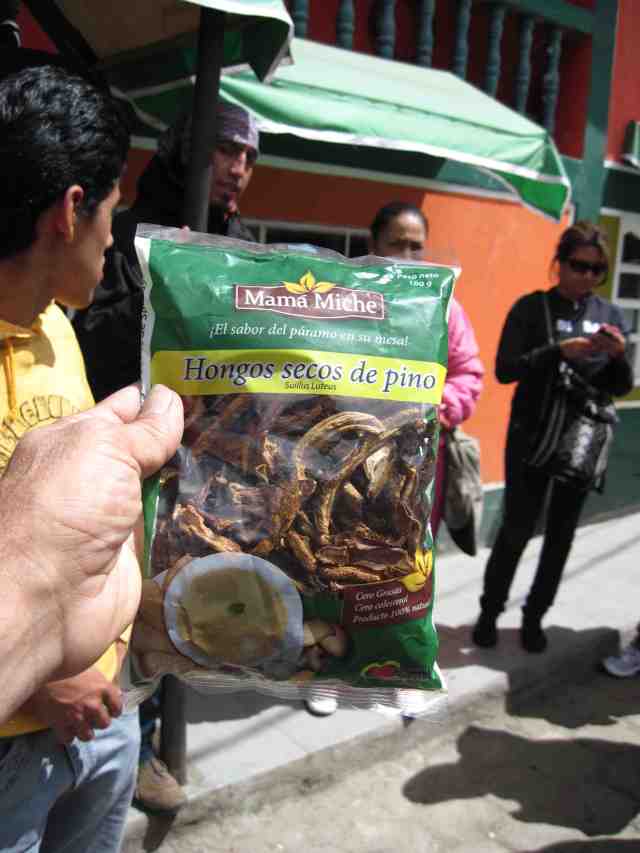
Dried mushrooms (“hongos secos”) harvested from beneath the pine trees in the mountains around Salinas de Guaranda.
So many small factories! A jams-jellies-marmelade factory makes great blueberry, blackberry and strawberry preserves from berries picked in the Salinas community. The also make some unusual jellies, like one from jicama grown in the warmer parts of the parochia. A soy products shop next door produces gluten-free breads and cookies. Excellent herbal teas are produced from plants grown in the community. Dehydrated fruits are produced and marketed. The 100 small businesses in the Salinas community include transportation, credit union, tourism and manufacturing as well as the many food products factories. All are run cooperatively along the principles of Economic Solidarity. Information about Salinas and its businesses is available at the Salinas de Guaranda “El Salinerito” web site, here.
For tourism Salinas offers many attractions beyond the factories and shops. There are day trips offered to the neighboring communities in the Salinas area, which include villages at sub-tropical elevations down to about 800 meters, which have quite different vegetation and food crops. Horseback riding and mountain biking trips are also available, and rock climbing too. The surrounding area includes waterfalls, caves, and hiking trails that pre-date the Inca settlement of the region. The páramo plants in protected wildlife areas are nearby – these plants are amazing, beautiful, strange. The tourism page of El Salinerito’s web site is here.
The successes of the Salinas community over the past 40 years are rooted in genuine care for people and endless creative effort and hopeful vision. The individual who has embodied this enthusiasm, ingenuity, and careful effort is a priest of the Salesian order, Father Antonio Polo. Padre Antonio came to Salinas in 1971 from his native Italy, and has been involved in projects great and small since then, always working with humor, compassion, intelligence, patience and great spirit. We’re all fortunate to get to work alongside people who really care about people and are able to get good things done that help everyone!
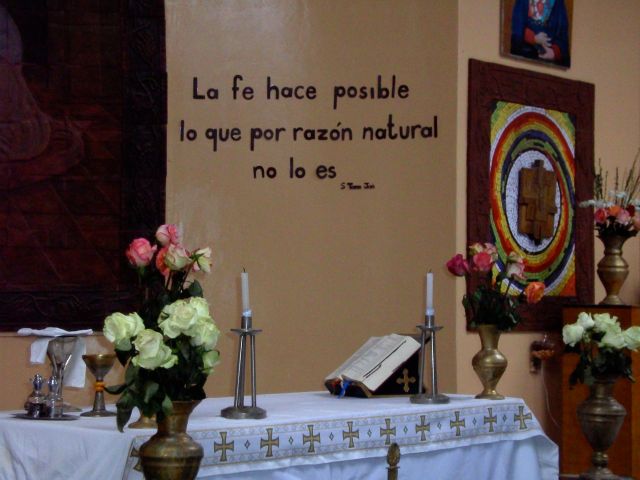
In the church in Salinas de Guaranda. “Faith makes possible what by natural reason is not.” – Saint Theresa Jesús..
It’s well worth your time to visit Salinas de Guaranda when you get a chance!
Here are some more photos from Salinas, just because pictures are fun. The photos in this post are by JaneAnn Mosteller and Tim McDowell. Please use them only for non-profit purposes and provide photo credit to those persons.
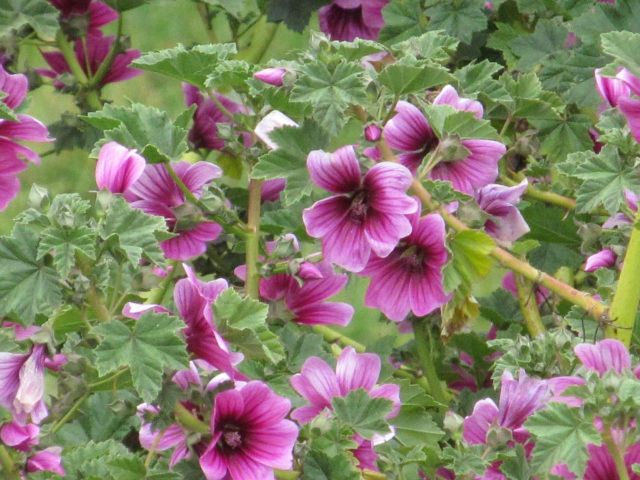
Lavatera (Malva family) flowers in Salinas. This is one of two cultivated species of mallows that flourish here despite the elevation.



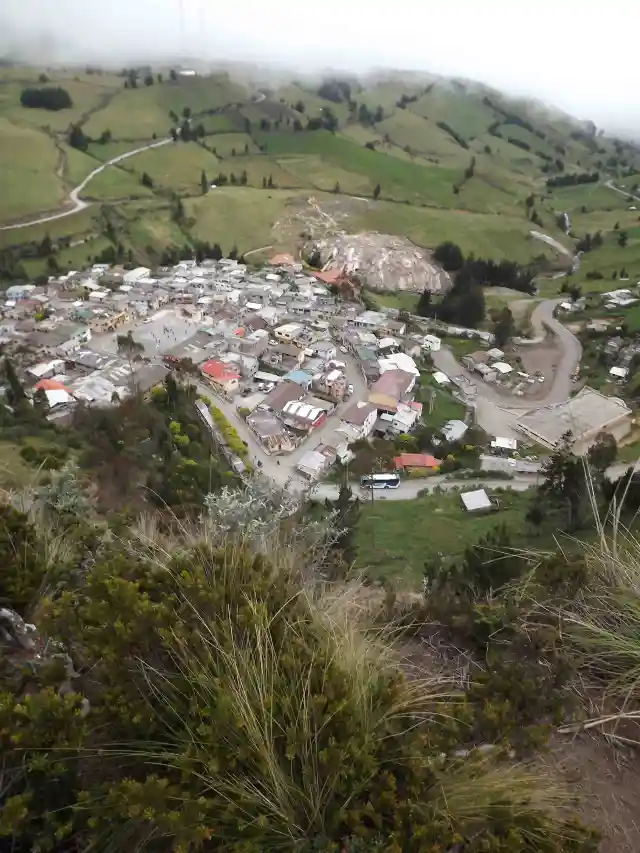
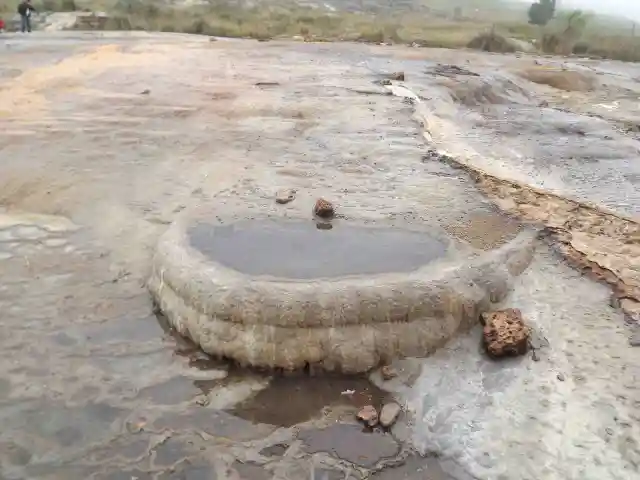
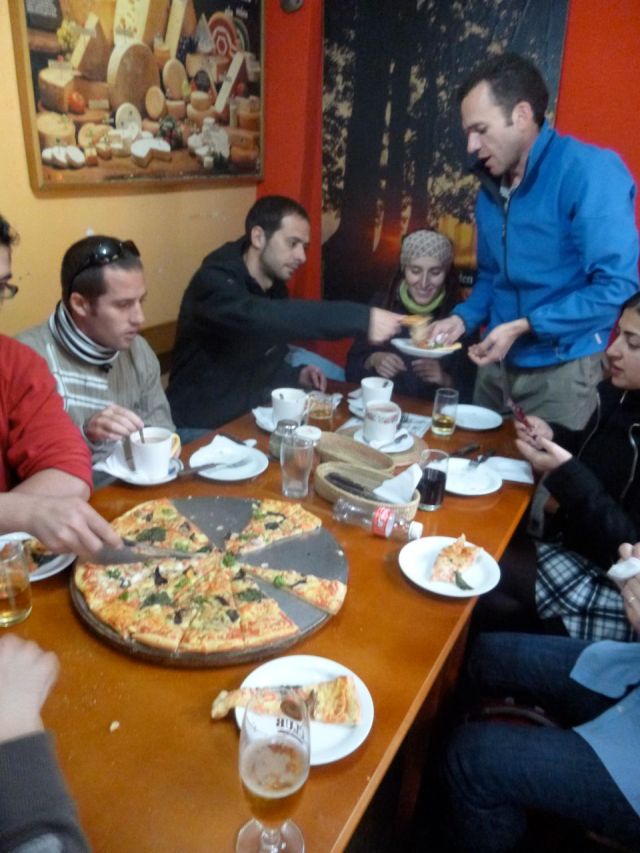
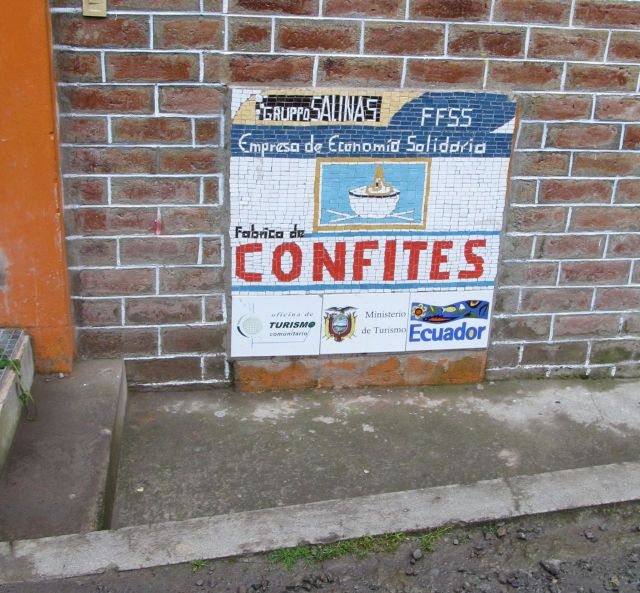
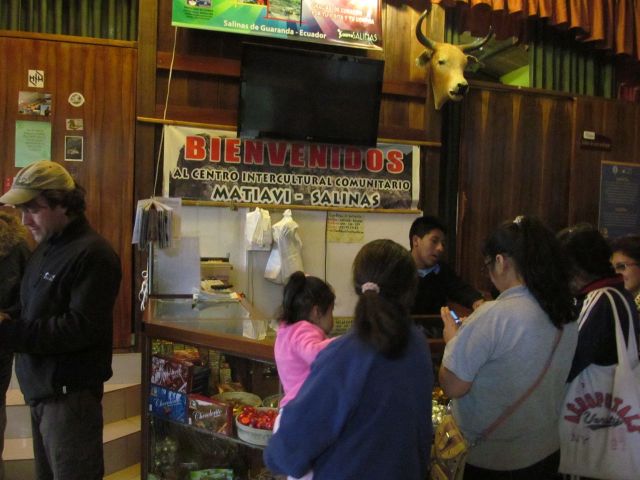

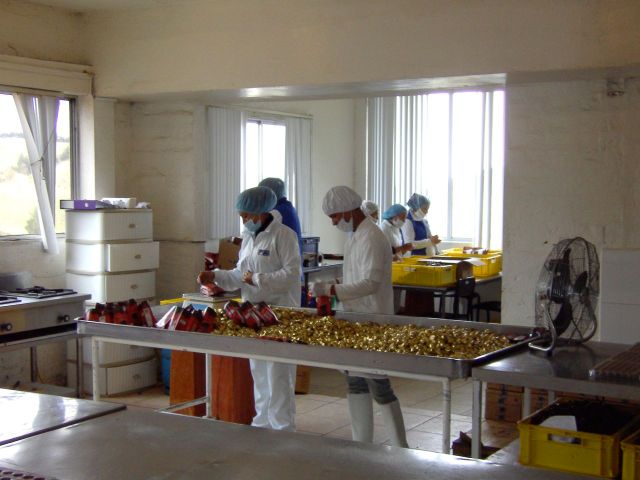


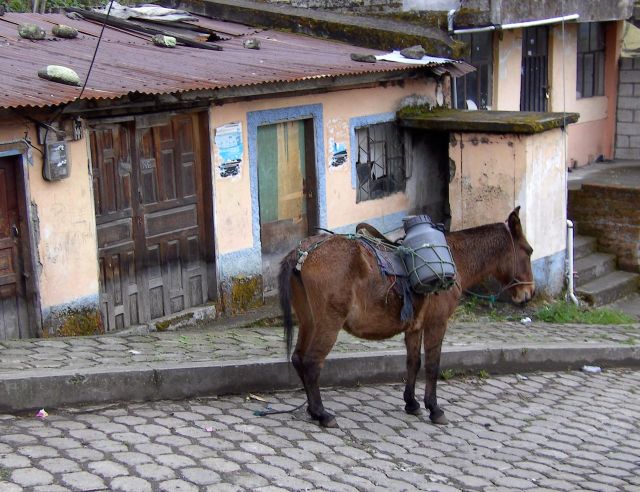
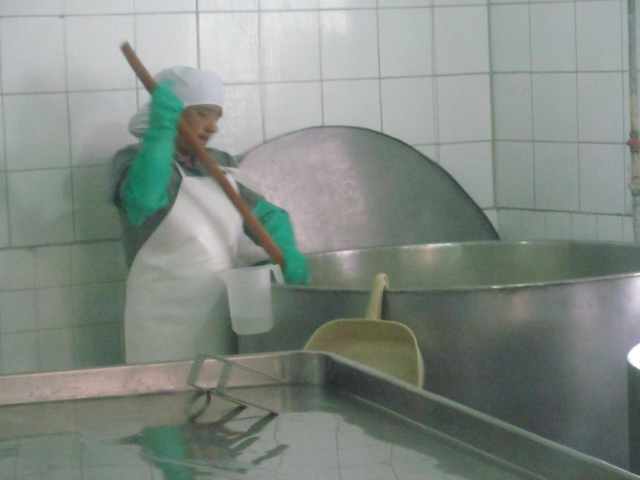

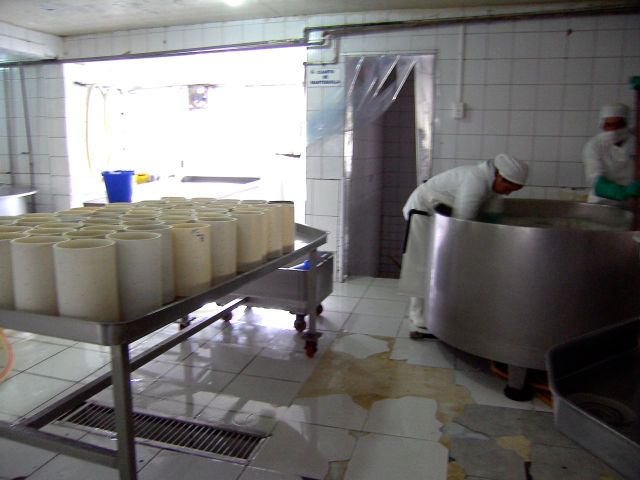
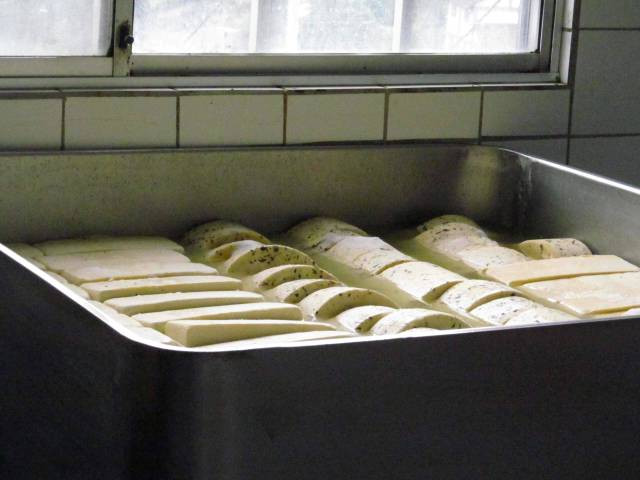
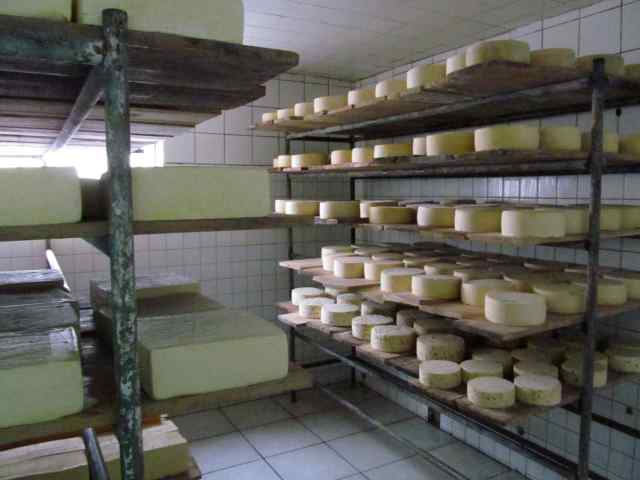
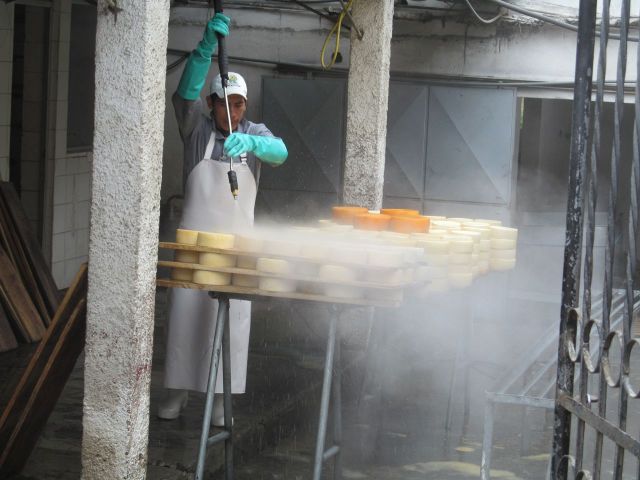
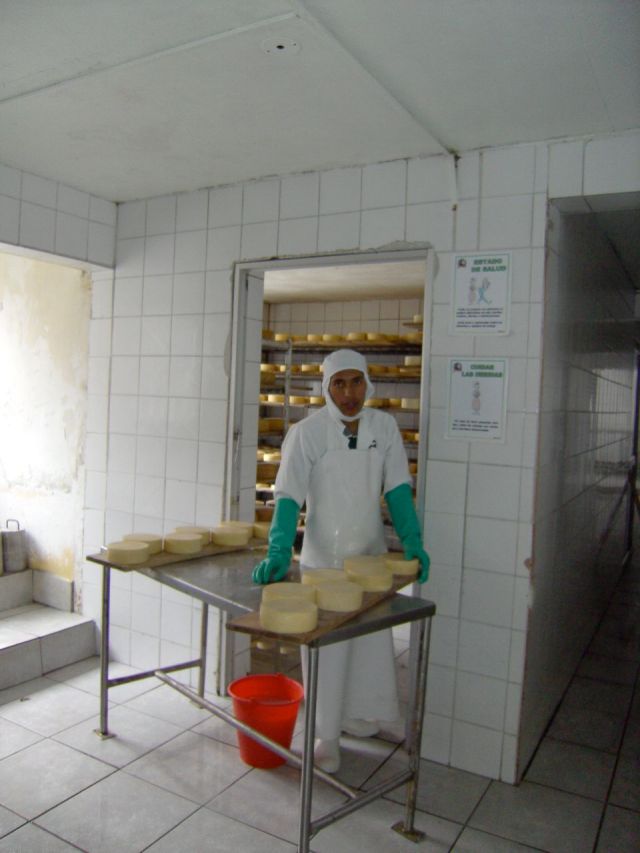
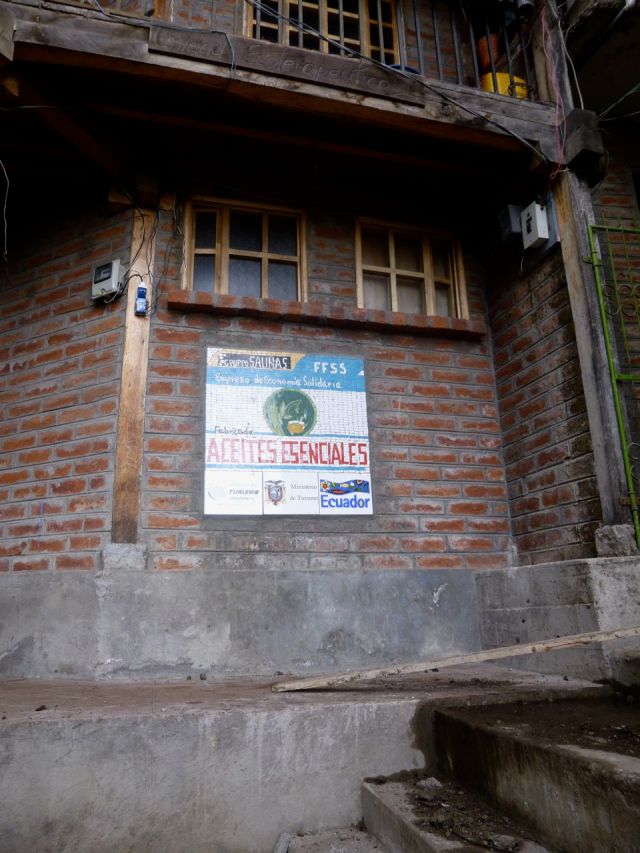
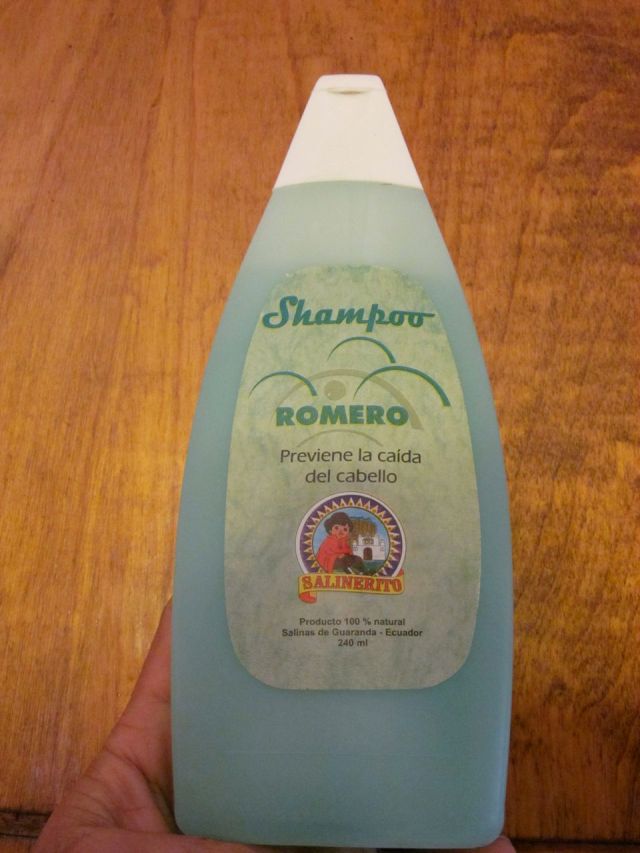

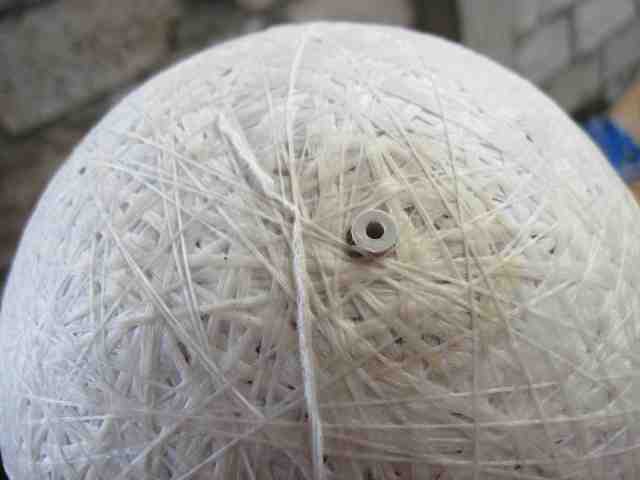
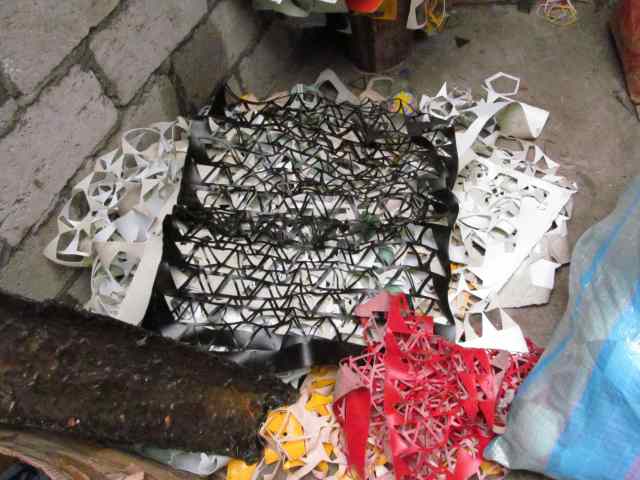
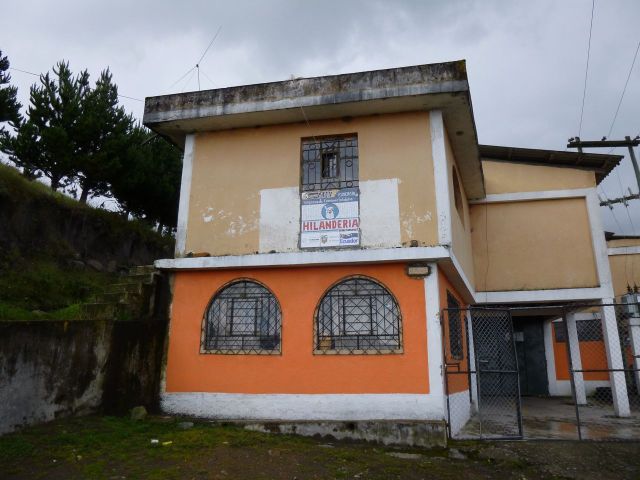
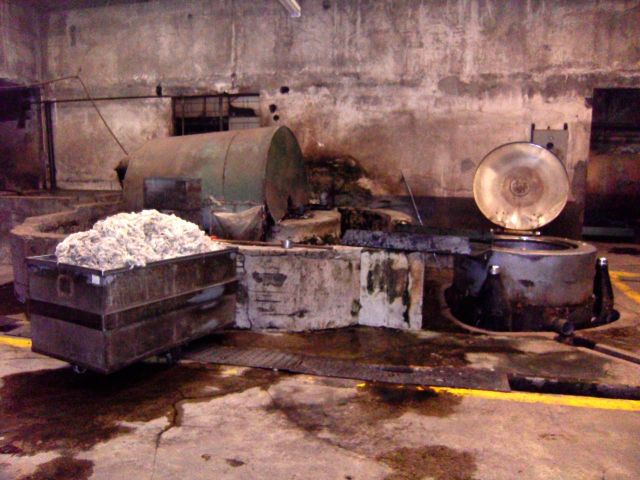
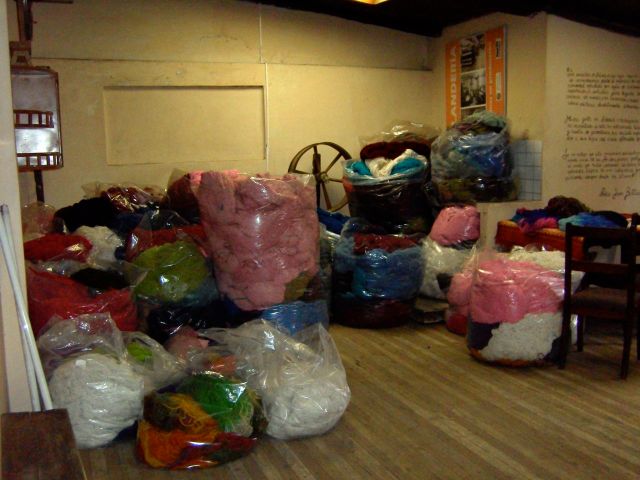
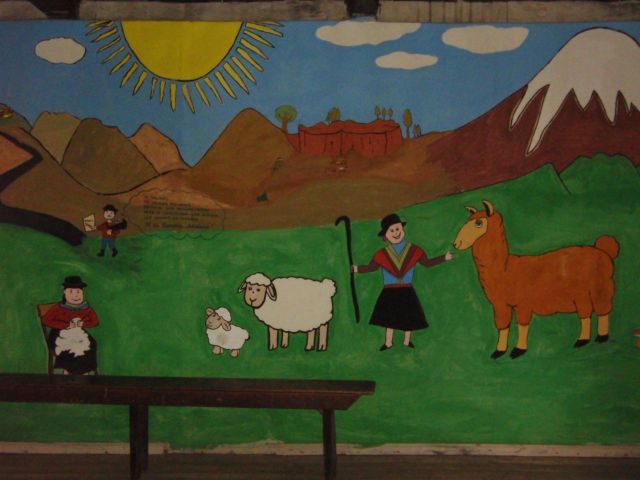

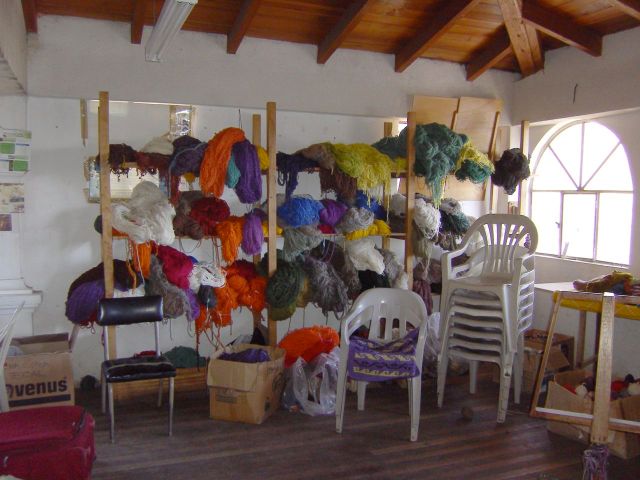
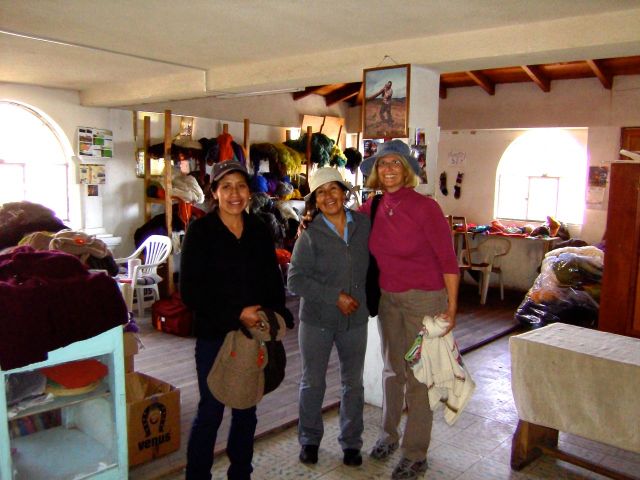
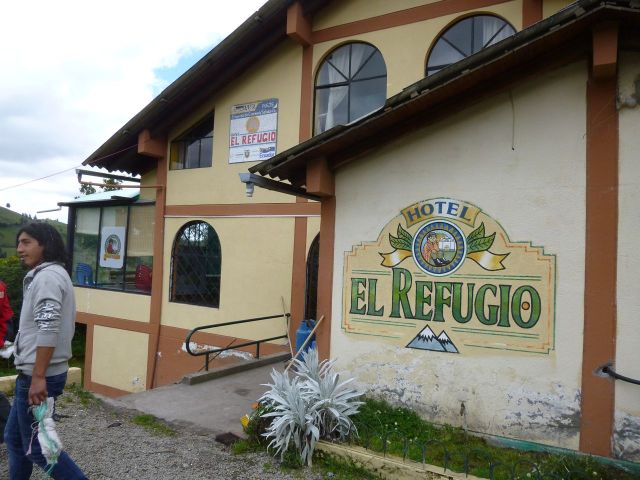
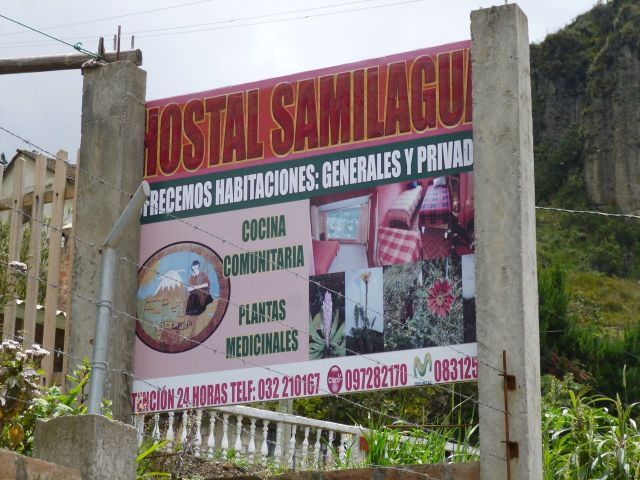
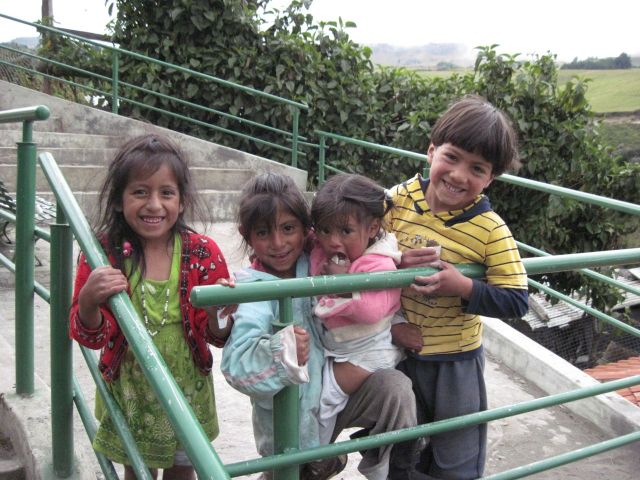
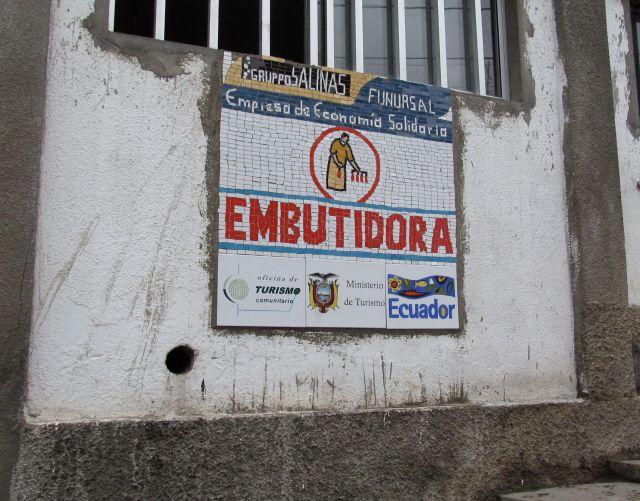
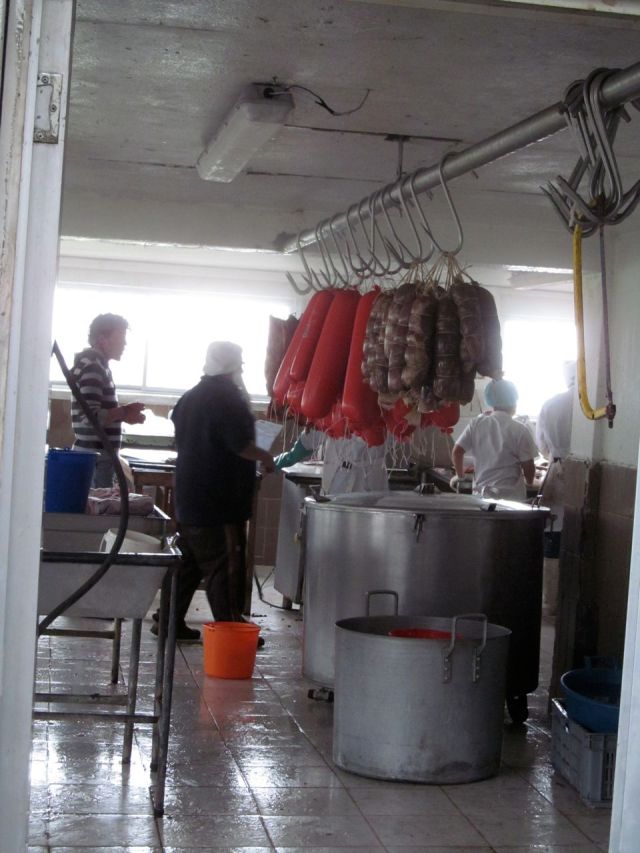
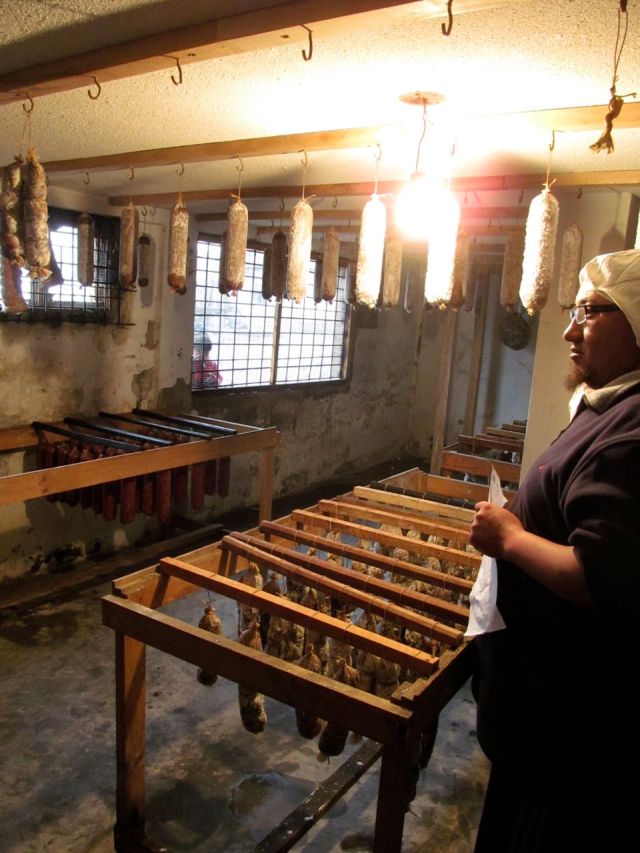
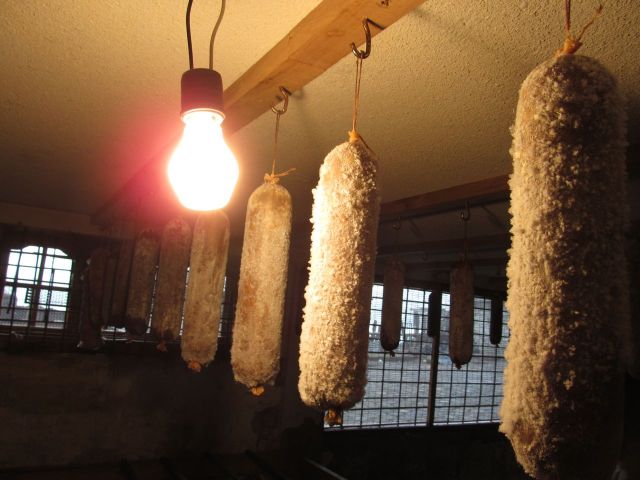
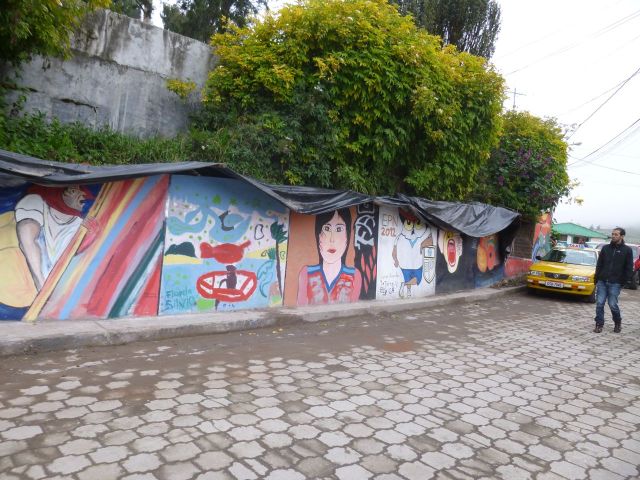


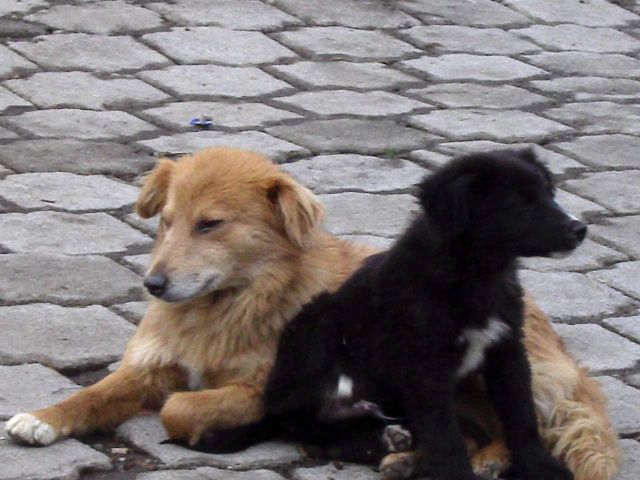
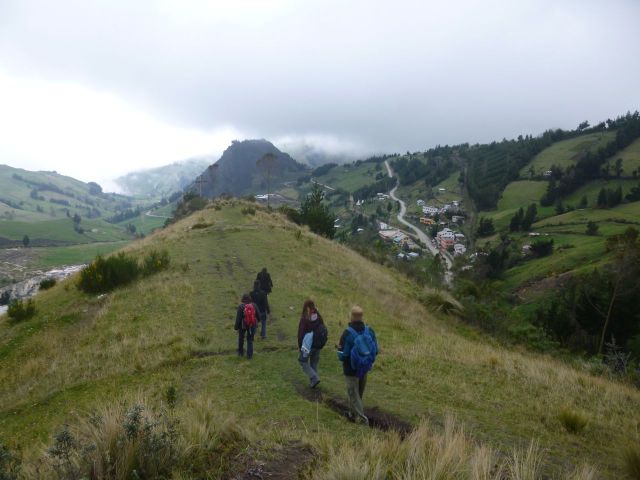
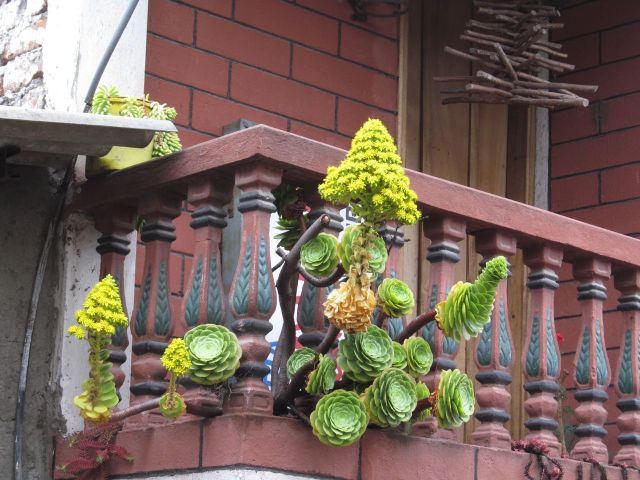
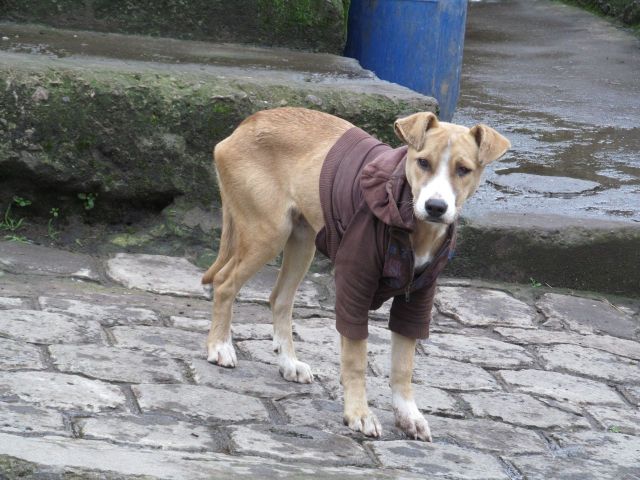
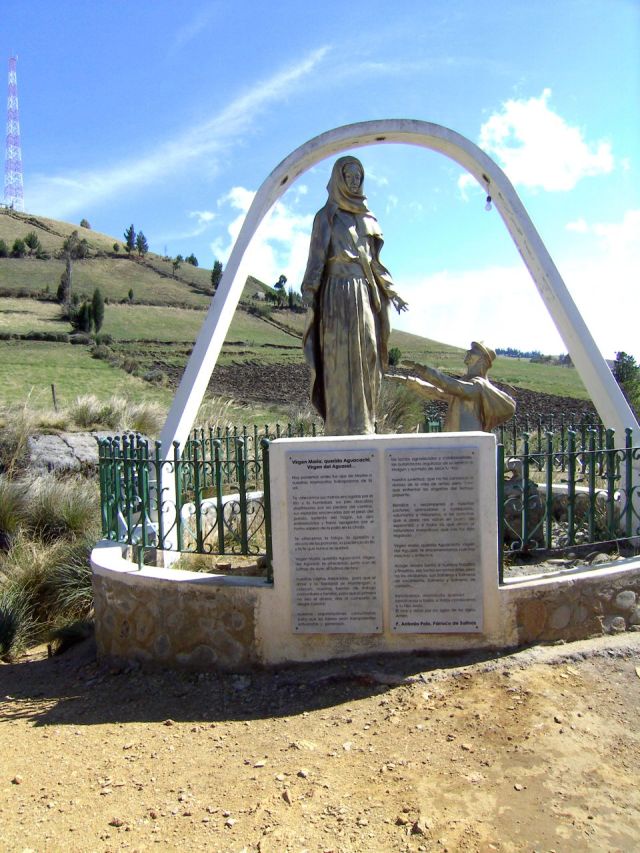



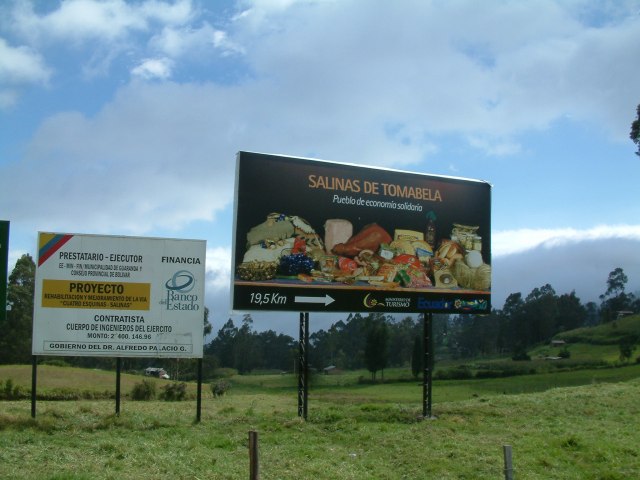
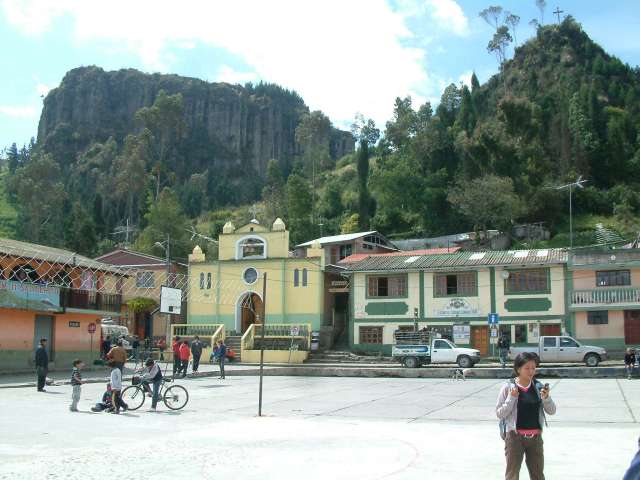
Hello friends:
Very nice post about our little town. We wish you return soon.
http://www.tomabelas.com
I will be there Wednesday November 26, 2014. I am trying to book a room @ Hotel El Refugio.
Michel from Alaska
Pingback: Ecuador–Salinas de Guaranda | Allan´s Wanderings
Pingback: Simple Living in Action | Simple Satisfaction
Pingback: Overview of simple living communities | Simplicity for a Purpose
Great town! Just returned week of 26 Nov to 2 Dec 2017 from touring on Motorcycles from Freedom bike rentals in Quito and this is one of the many many wonderful places in Ecuador!
We stayed at El Refugio.
Pingback: Essays – Simple Living for Newbies